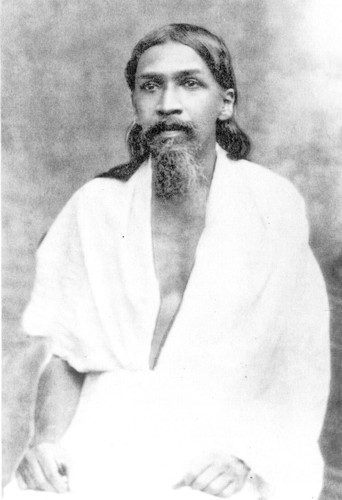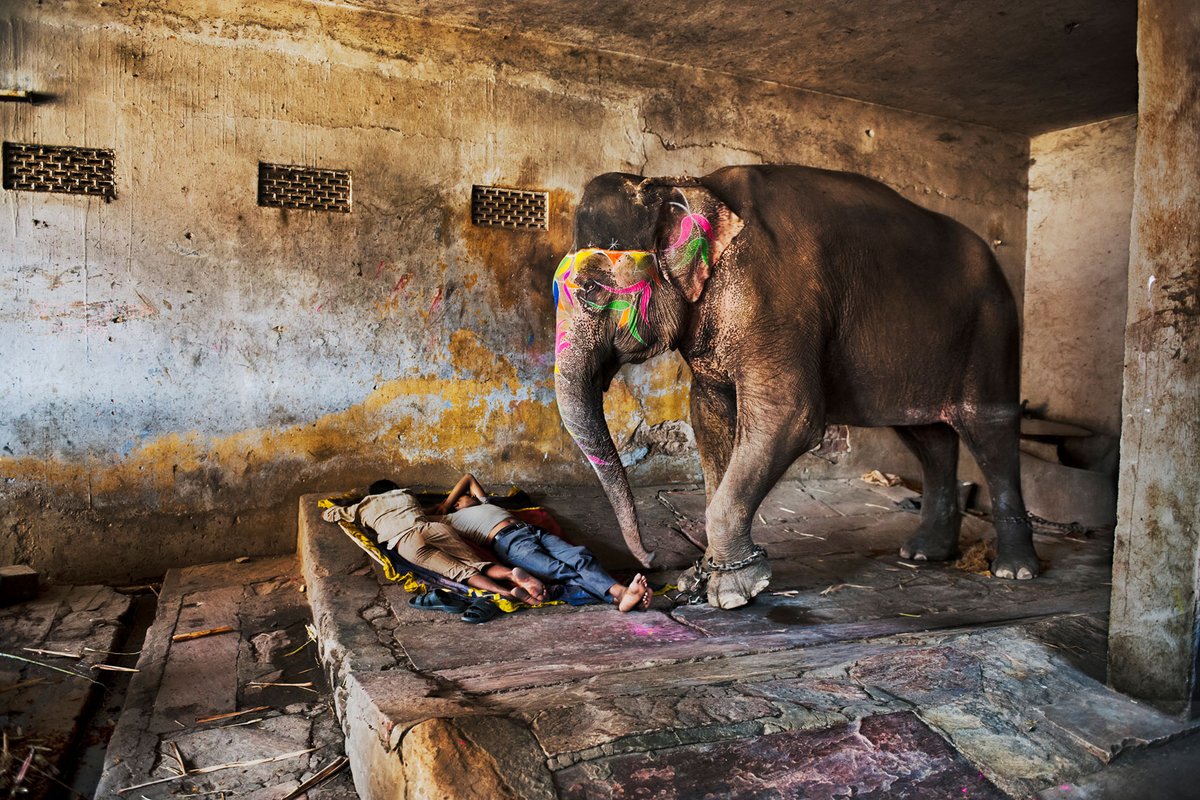
A long thread:
Contrary to the popular belief, the passing of Bentinck’s resolution of 1835 on Indian education, which substituted English education for indigenous education, did little to make the victory of Anglicists’ over the orientalists complete. 1/15
Contrary to the popular belief, the passing of Bentinck’s resolution of 1835 on Indian education, which substituted English education for indigenous education, did little to make the victory of Anglicists’ over the orientalists complete. 1/15
https://twitter.com/Anuraag_Shukla/status/1335596132903219200
Governor-general Auckland, who succeeded Bentinck, had to confront significant public unrest in Bengal. In his short minute in August 1836, he gave the first indication that he was open to a compromise in the face of strong Indian and orientalist opposition. [2/15]
Some notable individuals who played crucial roles in keeping the Anglicists vs Orientalists debate open were; Sanskrit scholars Ram Camul Sen and Radhakant Deb, and orientalists like William Adam, Lancelot Wilkinson, and Brian Hodgson. [3/15]
Ram Camul Sen, a descendant of Bengali king Ballal Sen, had left his village in Hooghly for Calcutta in 1790, at the age of 7. He taught himself English, Sanskrit, & Persian, and was soon appointed as a clerk's assistant in the Calcutta chief magistrate's office. [4/15]
In 1829 H. H. Wilson, then secretary of the Asiatic Society proposed that members of the Bengali intelligentsia, including Ram Camul Sen, would be given the membership of the society. By 1814, he had been appointed the first "native" manager of the Hindoostanee Press. [5/15]
Two remained in touch even after H.H. Wilson left for Britain, appointed as the first professor of Sanskrit at Oxford. In his letters, Sen kept making a case for ‘vernacular’ based instruction in India and urged Wilson to keep writing about it in British publications. [6/15]
Radha Kant Deb, a leader of the Calcutta conservative society, gave further evidence of this by arguing that the anglicist policy was creating social problems by weaning Indian youth away from traditional occupations through false hope for employment in government jobs. [7/15] 

Deb, instead, advocated for a system of agricultural and industrial schools that would teach useful skills in ‘vernaculars’. Some of his thoughts paved the way for a compromised vernacularist program that found mention in a new educational directive in 1854. [8/15]
William Adam, on other hand, pressed the demand that the British should devote their efforts to improve the extensive system of village schools (in vernacular medium) that were already in existence throughout the reaches of Bengal and Bihar. [9/15]
It was not only William Adam who was pressing for vernacular education, but two other officials; Lancelot Wilkinson and Brian Hodgson also advocated for using the government funds to diffuse western knowledge through vernacular languages. [10/15] 
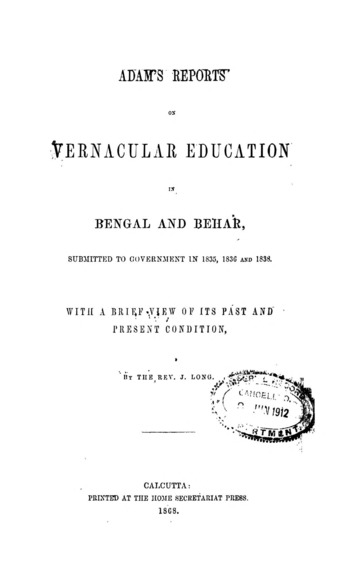
Wilkinson, an assistant resident at Bhopal, was engaged in a unique experimental educational scheme in Sehore (MP) during the 1830s, which involved working closely with local pandits who were to combine traditional Indian learning with that of the West. [11/15]
This experiment was widely discussed, especially because of the way in which western Physics was reconciled to indigenous traditions by pandits such as Omkar Bhatta, who published a Hindi work comparing the Siddhantic, Puranic, and Copernican astronomical systems. [12/15] 
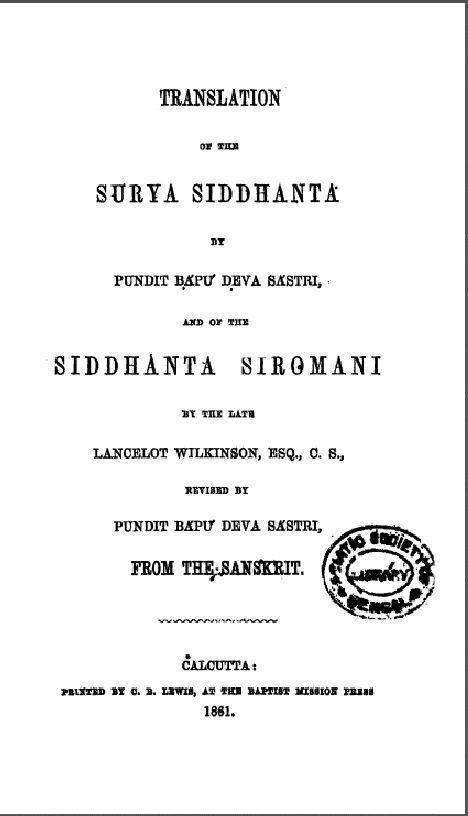
Other works combining western & Indian astronomy & written in Indian languages were published & distributed to local schools. Wilkinson wanted to draw Indians into the making of the education process, which was famously underscored by his experiments with Sehore pandits. [13/15]
And, Hodgson, who first used the term ‘Macaulayism’, tried to create a system of national schools where western ideas & spoken languages would come together to create a great number of educated individuals, who would be familiar with their own country’s pressing problems. [14/15] 
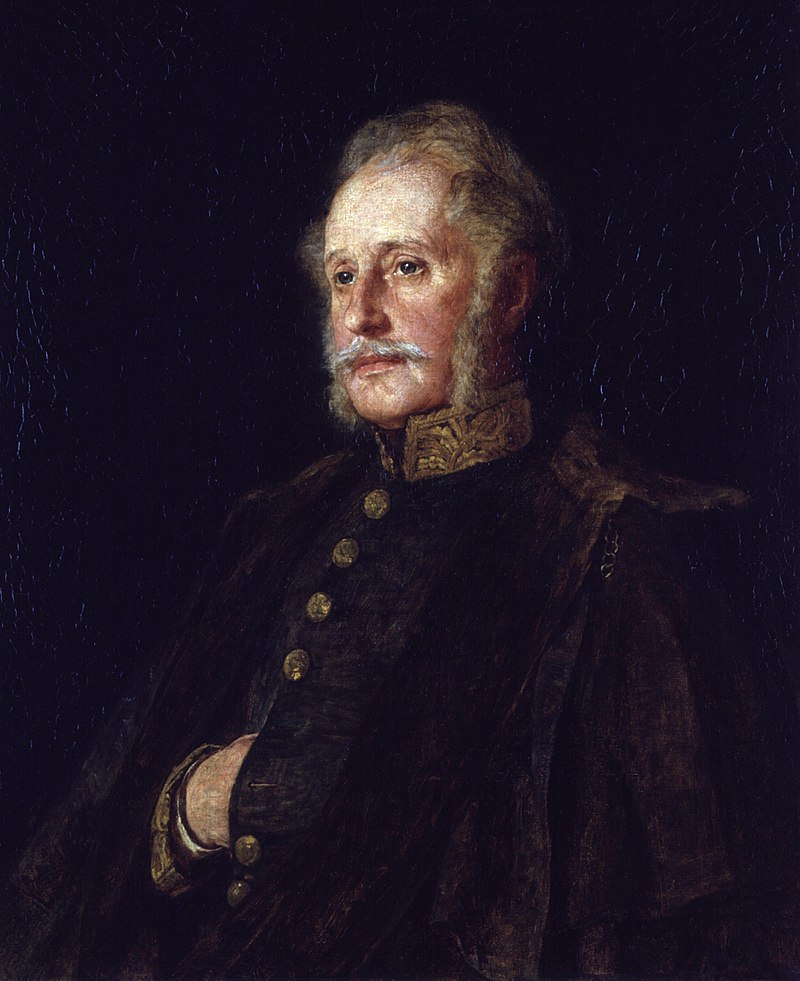
So, Auckland’s minute and the 1841 & 1854 directives indicate that the general victory of the anglicists was not a complete one. The orientalists/vernacularists had managed to shift the debate to its prior focus on the competing merit of classical oriental learning. [15/15]
• • •
Missing some Tweet in this thread? You can try to
force a refresh

